Modeling and Control of Antennas and Telescopes presents the author?s research and field experience in the area of antenna modeling, dynamics, and control. The required spacecraft tracking accuracy of 1 mdeg was the impetus for the new approaches to the antenna controls that use model based controllers (LQG and H? ). Consequently, modeling also required a new approach using system identification techniques. Most of the material presented is new in the telescope industry. The methods have been not only analyzed and tested, but actually implemented, giving confidence in the final result, which is significantly increased antenna pointing accuracy.
The author explains two different approaches to telescope modeling: analytical and experimental. The analytical approach combines the structural and drive model, using Matlab and Simulink. The experimental, uses the test data to obtain the equations of the antenna model. Both models are excessively large and the model reduction techniques included make the model size small enough for the controller design purposes. The book also covers the wind models based on the wind tunnel data (steady-state), and on the field data (gusts) since wind gusts are the main antenna disturbance.
The book shows the PI and feedforward controller tuning and their performance as a benchmark for measuring the pointing improvement when the LQG and H? are implemented. The properties, performance, and tuning of the LQG and H? are also presented. The material explains the nonlinear control issues such as velocity and acceleration limits, friction, and backlash. It also covers RF beam control techniques (scanning and monopulse), and the open loop control of the track level unevenness.
Modeling and Control of Antennas and Telescopes serves as a useful reference for students and engineers in the area of antenna modeling, dynamics, and control.

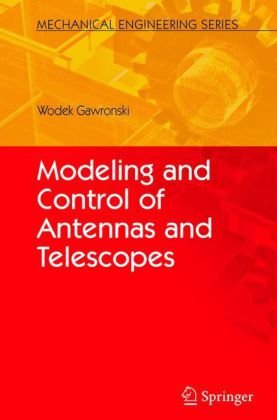
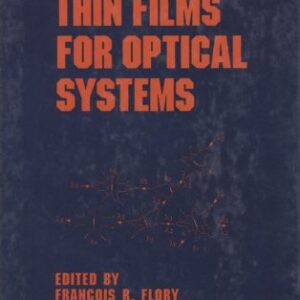
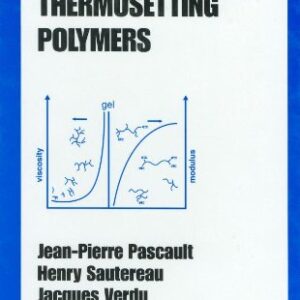
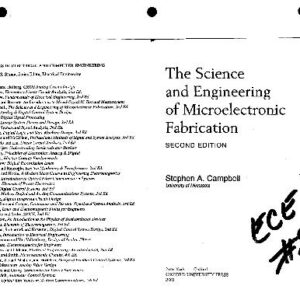
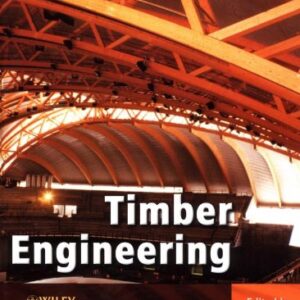
Reviews
There are no reviews yet.